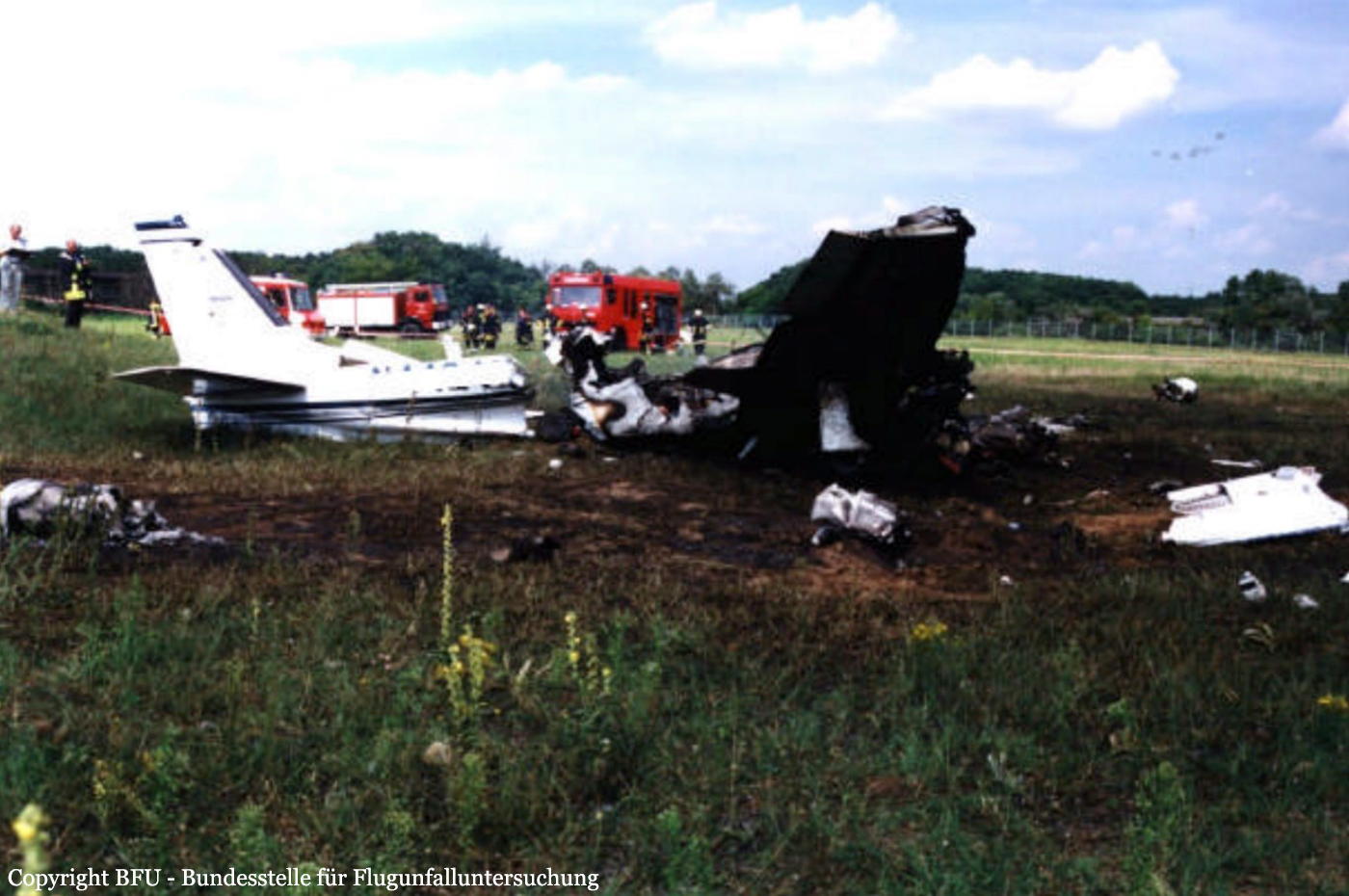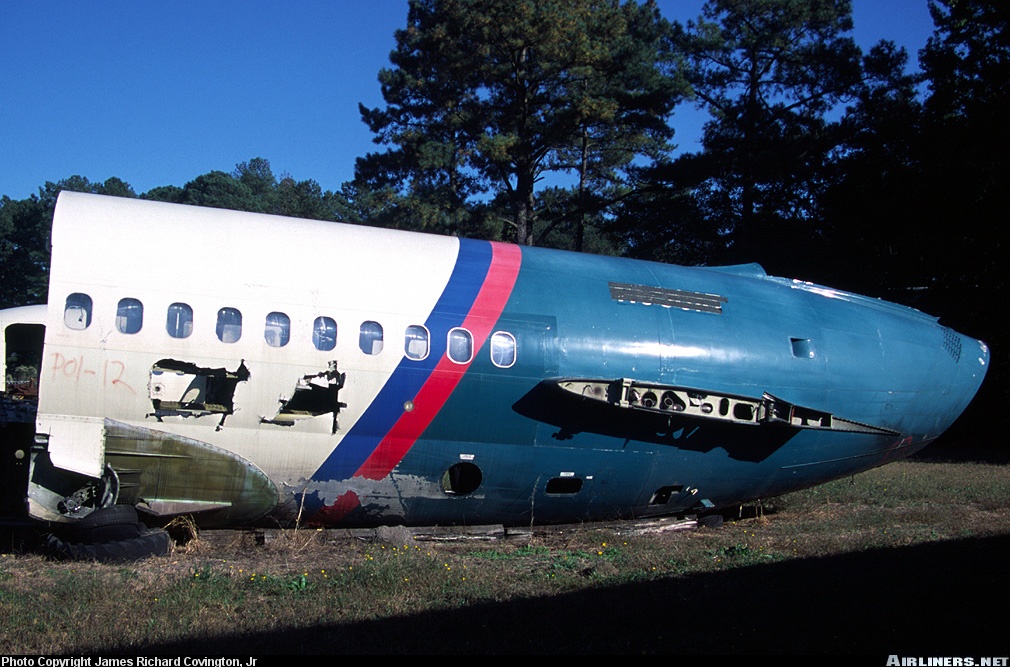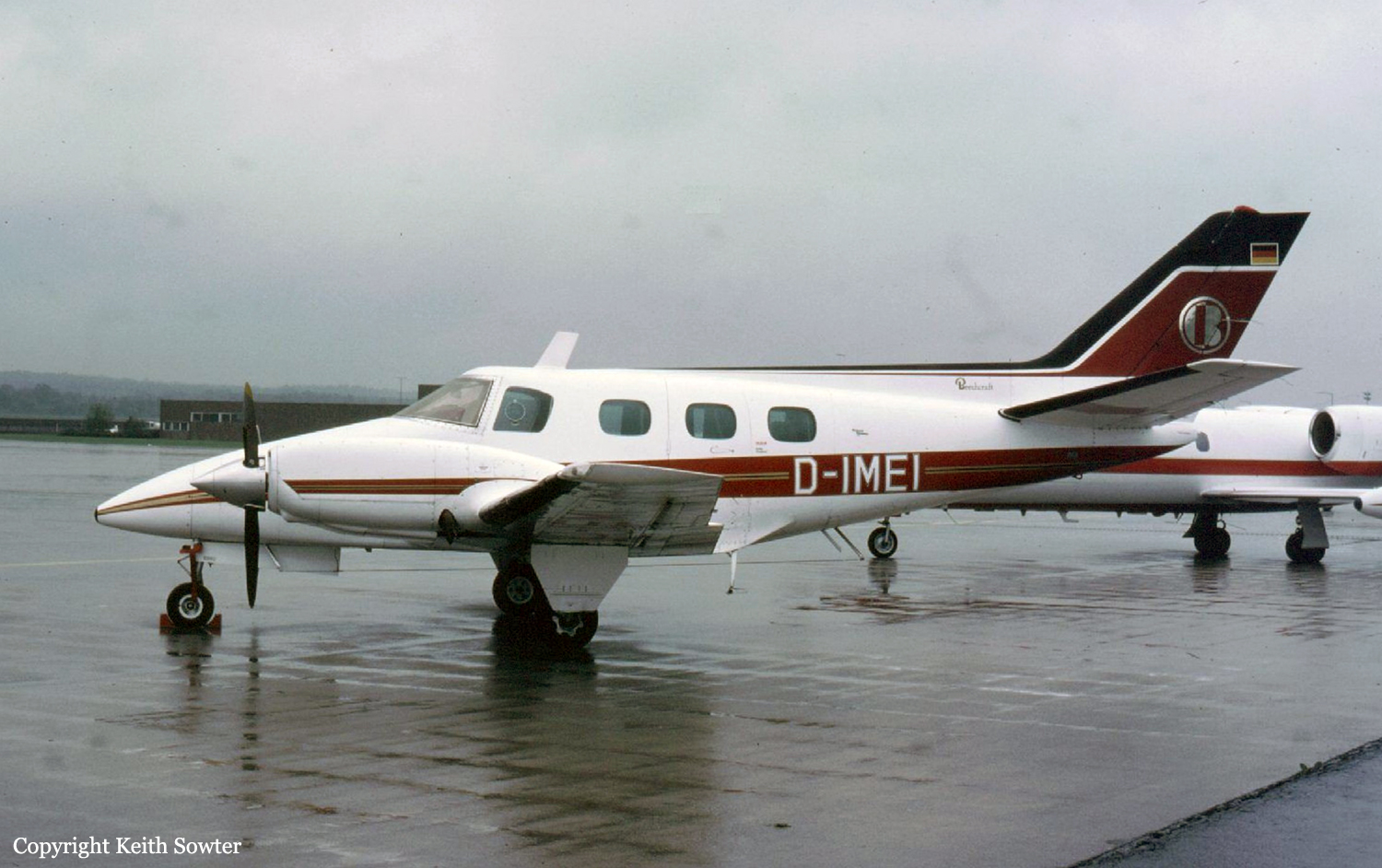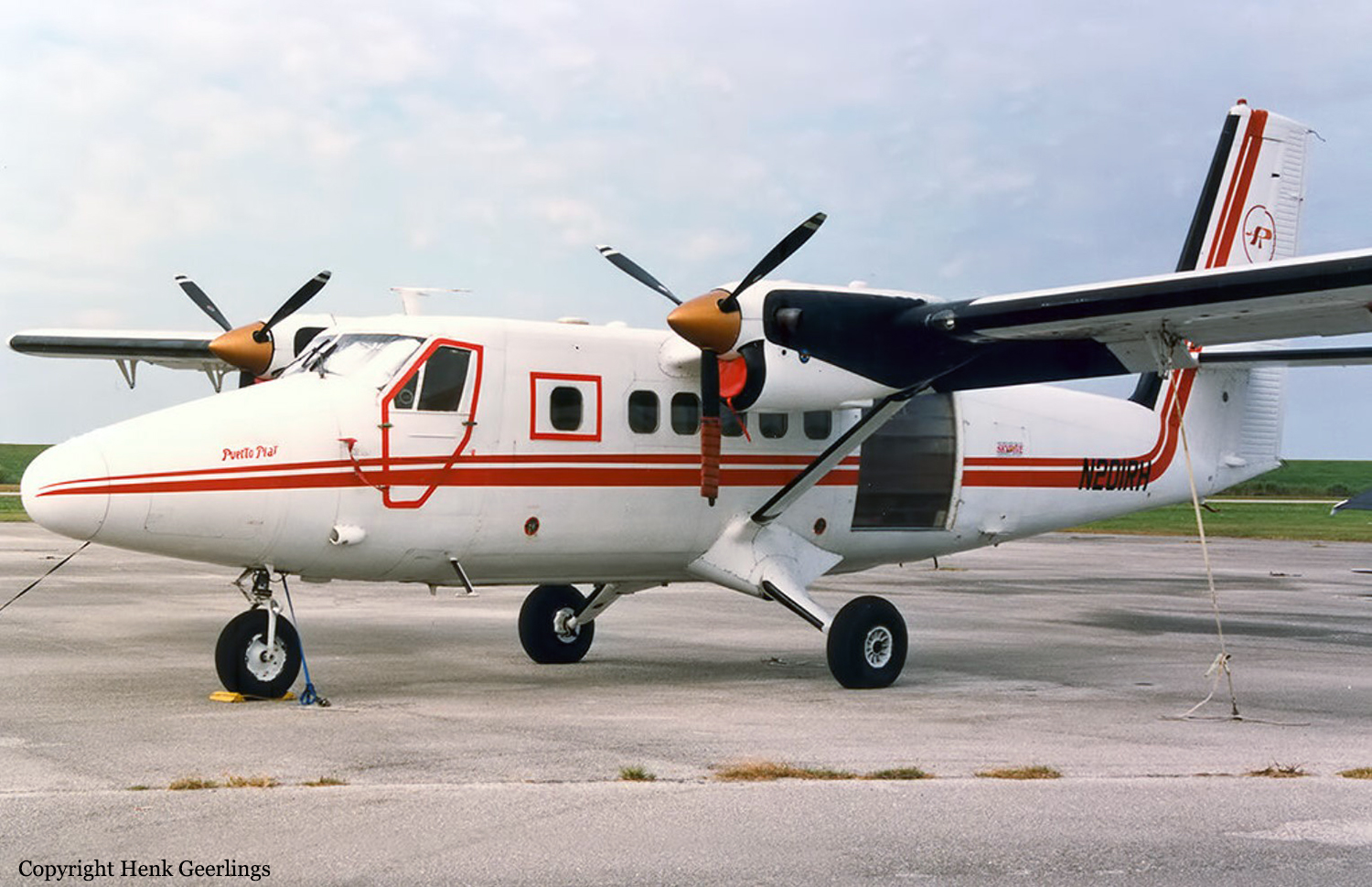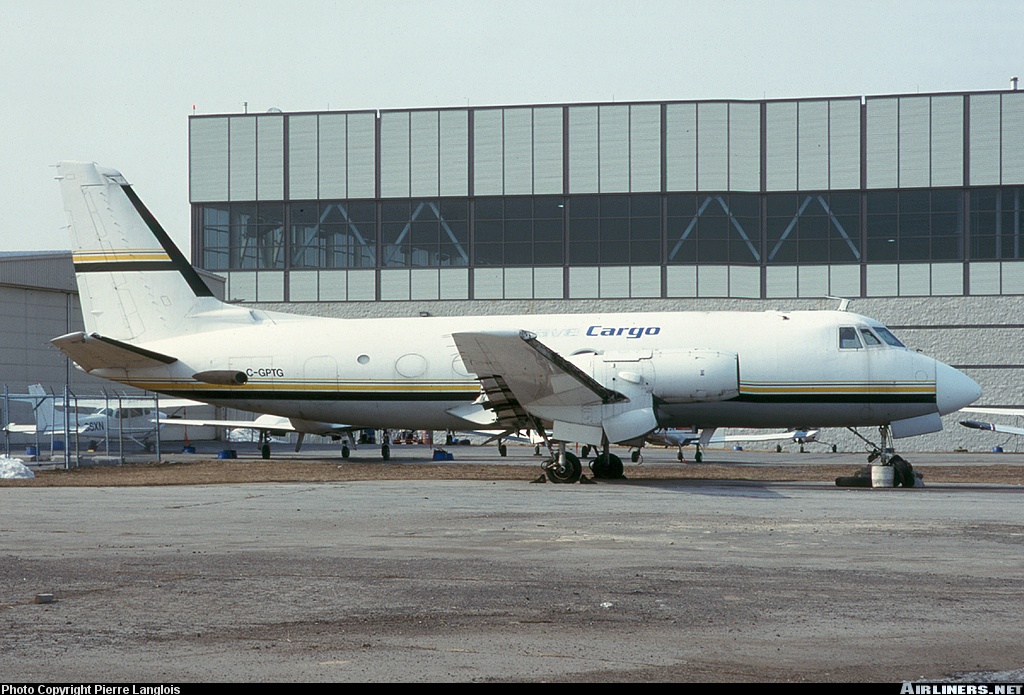Crash of an Antonov AN-12BP in Kisangani
Date & Time:
Aug 15, 2000
Registration:
LZ-ITC
Survivors:
Yes
MSN:
00 346 909
YOM:
1970
Crew on board:
7
Crew fatalities:
Pax on board:
0
Pax fatalities:
Other fatalities:
Total fatalities:
0
Circumstances:
The four engine airplane was completing a humanitarian flight to Kisangani on behalf of 'Médecins Sans Frontières'. After touchdown, the aircraft was unable to stop within the remaining distance, overran and came to rest, bursting into flames. All seven crew members escaped uninjured and the aircraft was destroyed.





